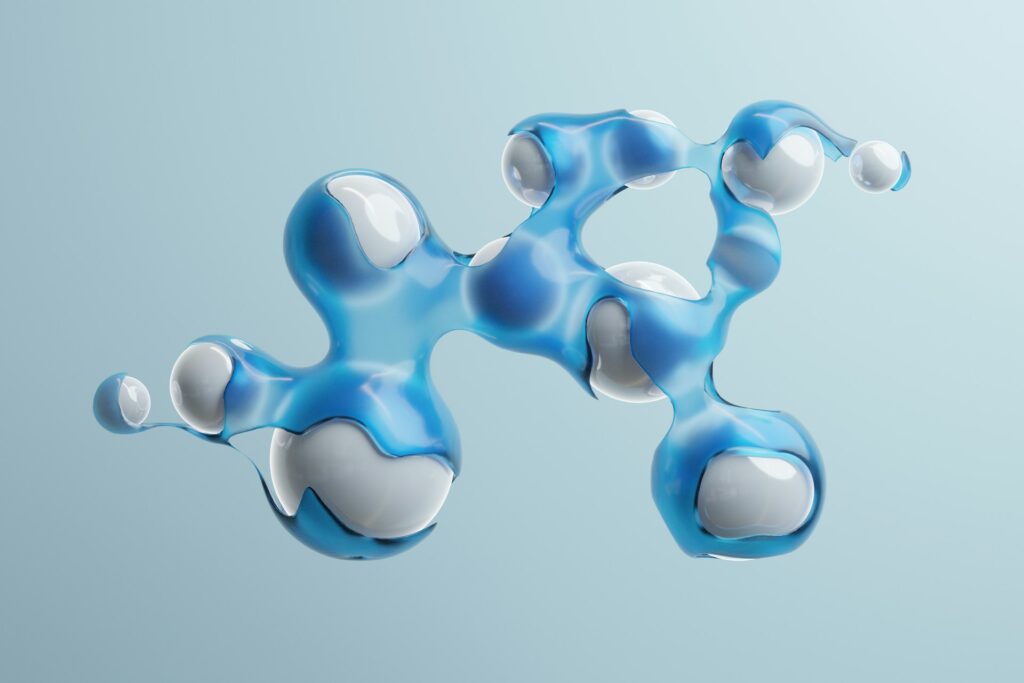Jean-Charles Stinville, assistant professor of Materials Science & Engineering at the University of Illinois Urbana-Champaign, is leading a team that has developed a machine-learning approach called Material Spatial Intelligence. This method captures the fine spatial detail of metal alloy microstructures and uses it to predict mechanical behavior faster and more accurately than conventional techniques.
Calvat, M., Bean, C., Anjaria, D., Park, H., Wang, H., Vecchio, K., & Stinville, J. C. (2025). Learning metal microstructural heterogeneity through spatial mapping of diffraction latent space features. Npj Computational Materials, 11(1), 284. https://doi.org/10.1038/s41524-025-01770-8
Microstructures; the small-scale features inside metals; play a critical role in determining how an alloy performs. Grain orientation, phase boundaries, and local defects all influence strength, ductility, fatigue life, and more. Traditional design strategies for alloys often simplify this complexity into averaged descriptors, but that approach can hide important spatial variations.
Stinville’s team instead uses deep learning to analyze electron backscatter diffraction data—specifically, Kikuchi patterns that reflect how electrons scatter off the crystal lattice. They compress those patterns into a lower-dimensional “latent space” using variational autoencoders or contrastive learning. The encoded data are then mapped back into physical space using stereographic projection to produce spatial representations of microstructural heterogeneity.
Jean-Charles Stinville, assistant professor of Materials Science & Engineering at the University of Illinois Urbana-Champaign stated,
“This approach unites our field’s fundamental understanding of metals with new and efficient AI database tools. We’re not just taking these new tools and leaving behind what we’ve already learned. We’re integrating the present with the past.”
By doing this, they preserve detailed spatial information that more conventional models would ignore. Stinville refers to this integrated encoding and mapping framework as Material Spatial Intelligence. In effect, it treats an alloy’s internal structure like a fingerprint, distinguishing subtle local differences rather than collapsing everything into average values.
In one of their recent publications, the team used this method to identify microstructural features with unprecedented resolution. In a follow-up study, they combined high-resolution digital image correlation (which tracks how tiny regions of a material deform under load) with microstructure maps to train a model to recognize “deformation fingerprints.” That model can predict key mechanical properties such as strength, fatigue life, and ductility.
This approach dramatically reduces the experimental time normally required to test new alloys, accelerating the evaluation of candidate materials. The result is a route toward faster, data-driven alloy design.
Stinville sees a future in which engineers specify the properties they want—say, a certain fatigue resistance or strength—and the system proposes both the chemical composition and microstructure needed to achieve those targets. Coupled with automated characterization techniques, his lab aims to build a closed loop for autonomous alloy design.
Still, challenges remain. High-quality spatial data are essential, and collecting these maps remains labor-intensive. The team also needs to verify that their method generalizes to a broad range of alloy systems beyond those they have already tested, and ensure that the latent representations remain physically meaningful to metallurgists. Finally, for this kind of AI-driven design to gain traction in industry, it must be validated, certified, and trusted.
But the impact could be significant. By combining deep metallurgical insight with AI, this work bridges fundamental materials science and data-intensive engineering. It offers a new way to understand, predict, and ultimately design alloys with properties tuned for extreme conditions—in space, aerospace, automotive, or energy applications.
Stinville’s group is not just working on microstructure mapping. They have also developed an automated computer-vision framework to detect plastic deformation events from high-resolution digital image correlation data. Using that, they can track how metals yield and localize strain under cyclic or monotonic loading. This work supports their predictions of fatigue strength by linking localized plasticity with global mechanical behavior.
Their method has already been demonstrated on additively manufactured materials, and they are exploring functionally graded specimens where composition varies across a single sample. This makes it possible to assess multiple material variants in a single experiment.
The team’s publications are growing rapidly: in one paper, they describe how spatial feature maps derived from diffraction can accurately encode microstructural heterogeneity, while in another they show how those maps can be used to predict monotonic and cyclic properties via a convolutional neural network.
For engineers and materials scientists, this work represents a shift in how we think about design. Rather than relying on bulk averages, we can now model and exploit spatial heterogeneity. Rather than testing one alloy at a time, we can train models on rich datasets and predict behavior before fabrication. And rather than designing by trial and error, we might soon use AI to geMaterial Spatial Intelligence: The AI Tool Redefining Alloy Engineeringnerate candidate materials based on target properties. This approach could substantially reduce development time and cost; and might become a core part of next-generation materials engineering.

Adrian graduated with a Masters Degree (1st Class Honours) in Chemical Engineering from Chester University along with Harris. His master’s research aimed to develop a standardadised clean water oxygenation transfer procedure to test bubble diffusers that are currently used in the wastewater industry commercial market. He has also undergone placments in both US and China primarely focused within the R&D department and is an associate member of the Institute of Chemical Engineers (IChemE).



